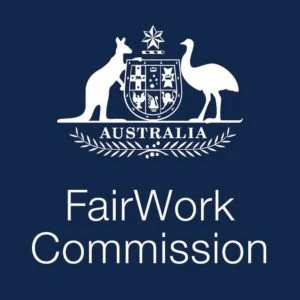Hurting injured workers with impunity

Every South Australian worker is covered by workers compensation insurance which covers them if they are injured at work. Our workers compensation law allows up to 2 years of wages as well as 3 years of medical expenses, rehabilitation, and a one-off payment of lump sum compensation if the Whole Person Impairment (“WPI”) from the […]
This is Mental Health Week

Binding Financial Agreements and Consent Orders

Binding Financial Agreements and Consent Orders Separation is one of the most strenuous times a person can go through. The process of dividing property can sometimes be worse than the final split itself. It may seem simple at first, but the reality soon hits things can become complicated. It can become more than just […]
What’s in a day? Determing what is a ‘day’ of personal leave

High Court Delivers Landmark Judgment On 13th August 2020, the High Court handed down the landmark decision of Mondelez Australia Pty Ltd v Automotive, Food, Metals, Engineering, Printing and Kindred Industries Union [2020] HCA 29 (‘Mondelez v AMWU’). The matter clarifies the interpretation of the ‘10 day’ entitlement of personal/carer’s leave under section 96(1) […]
Superannuation – What to Know












